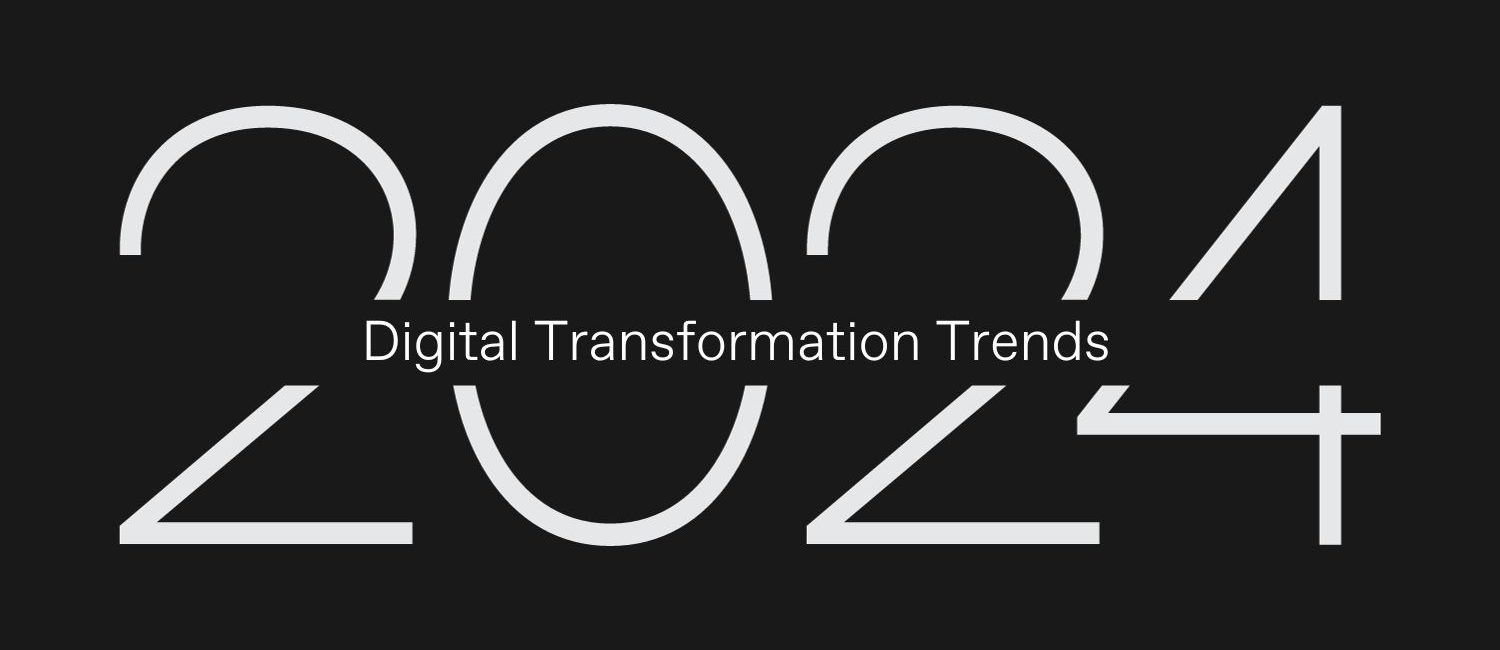As the New Year limbers up and starts shaking off the crumbs of 2023’s finale festivities, it’s time to set our sights on the quarters ahead and put into practice the plans we’ve created for clients – or prepare them for the trends that will impact their business.
With this in mind, our Experience and Marketing leaders at TMG are sharing what they see gaining traction in 2024 and how we’re helping businesses respond to different needs.
Experience
This year we anticipate a renewed focus on delivering short-term value with long-term sustainability
We’ve seen some industries pull back a bit on core, foundational work like user research and content in the name of short-term gains. We firmly believe that companies investing in these spaces will rightfully see success this year and in the future, too.
The roles of composable commerce, digital experience orchestration, and enterprise digital experience strategies are intertwined; they’re foundational to a successful way forward. Yet we see many B2B companies dealing with legacy systems or monolithic platforms that don’t deliver value. This means more time on maintenance and less time on having things in the market that matter. The dilemma shifts to answering how to keep the lights on while building for tomorrow.
We address this first in our discovery work. Understanding customer journeys and the people we’re creating things for are service design tenets of B2C work, yet this work drives immense, transformational value for B2B too. Our highly-collaborative discovery process helps answer rudimentary questions like, “How do I bring together all these disparate systems?”, “Should I move to a full DXP?”, and “Is this the time to invest in personalization and a CDP?” – but, more critically, it helps us ask better questions.
These better questions come from that understanding, beginning with unmet or undermet needs in the market. Only once we analyze and prioritize needs can we design a technological and experiential solution. This doesn’t mean things like AI, AR, or a platform revamp are off the table; rather, to get to that place, we let customer needs drive demand.
Businesses and organizations that invest their time and effort wisely this year, with that focus on understanding and aligning solutions to needs, will see a solid, growing ROI for their CX.
Marketing
We predict that Marketers will reimagine content focus and lifecycle as the customer journey splits into new paths.
As more companies embrace and budget for digital transformation initiatives, their marketing teams will need to shift their focus to encompass new channels and methods for content creation and distribution. For 2024, internal marketing teams will want to take note of:
AI’s Effect on Content and Data
We know that AI is far from perfect, but it is still changing the way buyers find and consume information. With AI search pulling aggregated data from across the web, (via Google’s SGE) the accuracy of your brand and product information is more crucial than ever. With snippets and common answers being distilled at the top of search results, company website pages are falling below the fold and off the first page.
The response to that is twofold. First, web and commerce pages need to have optimized structured data markup and copy that focuses highly on intent. With this in place, your pages have a better chance of being featured according to Google’s new criteria.
Secondly, make sure you’re writing high-quality, succinct content that answers common customer questions. This isn’t keyword-packing, it’s making sure your content efficiently details and answers the questions related to your business, services, or products. This likely differs from current page content, and tracking rank, corroborating answers, and monitoring search will keep an SEO and content team busy, so be sure to account for these steps when planning website updates or ecommerce projects.
Choose your own adventure
According to Forrester, just over half of total buyer interactions are now self-guided. This means that marketers need to reflect on how they present information to their audiences across channels and make changes to allow for a more autonomous journey into and down the funnel. Marketers might feel reluctant to give up control of mid-funnel assets so completely, but ultimately, it’s what the buyer is demanding. The needs for independent learning might demand new, different content to make connections and answer questions that the Sales team previously handled. This will require more collaboration between Sales and Marketing and attention to analytics tracking customer behavior.
Buying habits have changed. Language and content are being reanalyzed through an AI lens. Because of this, we see Marketers being more involved in web and commerce projects, needing easy access to technology to update and refine copy and promotions to enable success.
Have you identified other digital transformation trends for 2024? Let us know what you think is making the biggest impact this year – contact us!



